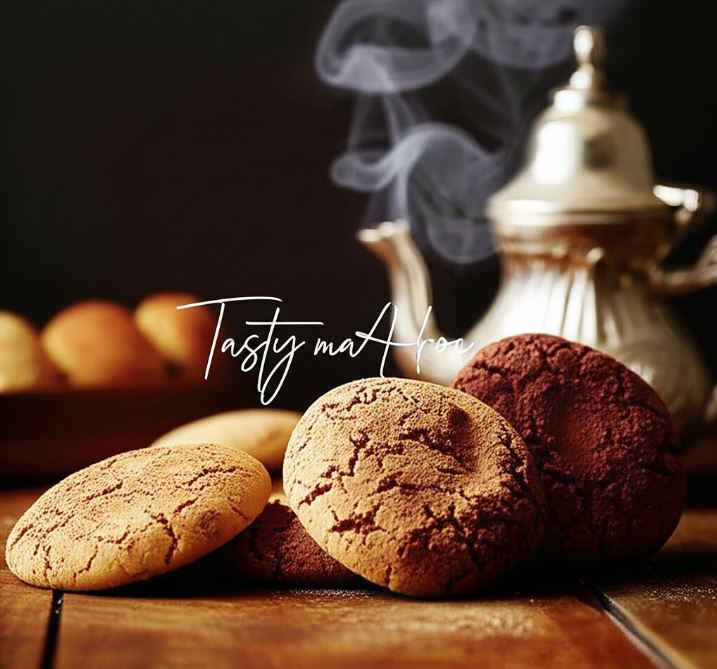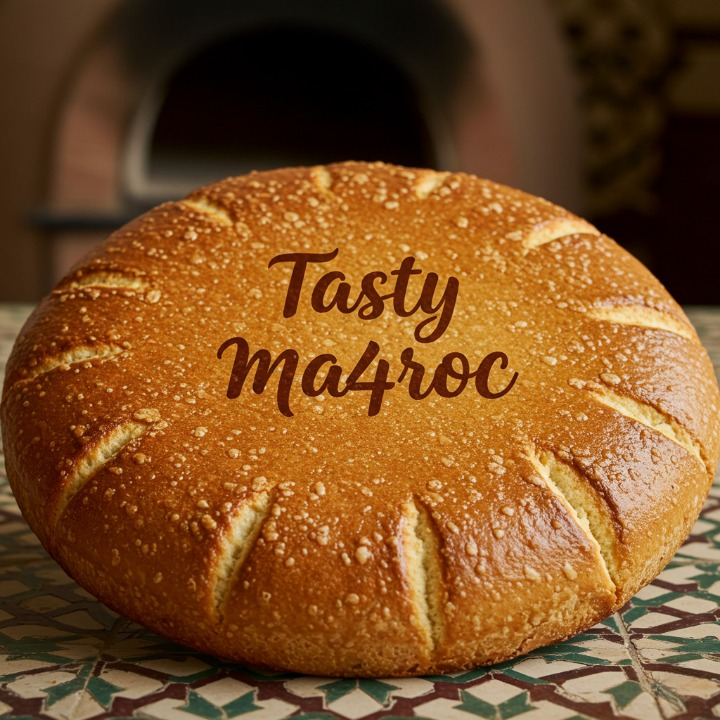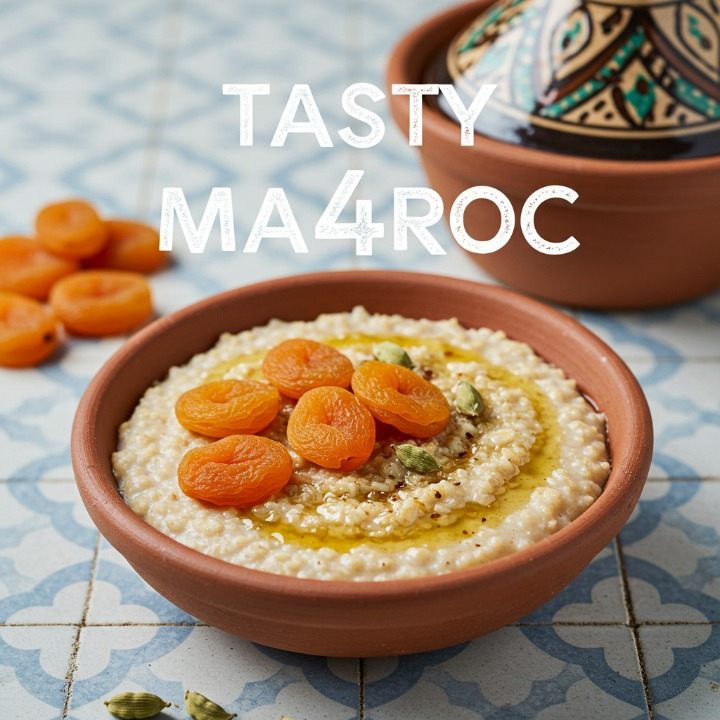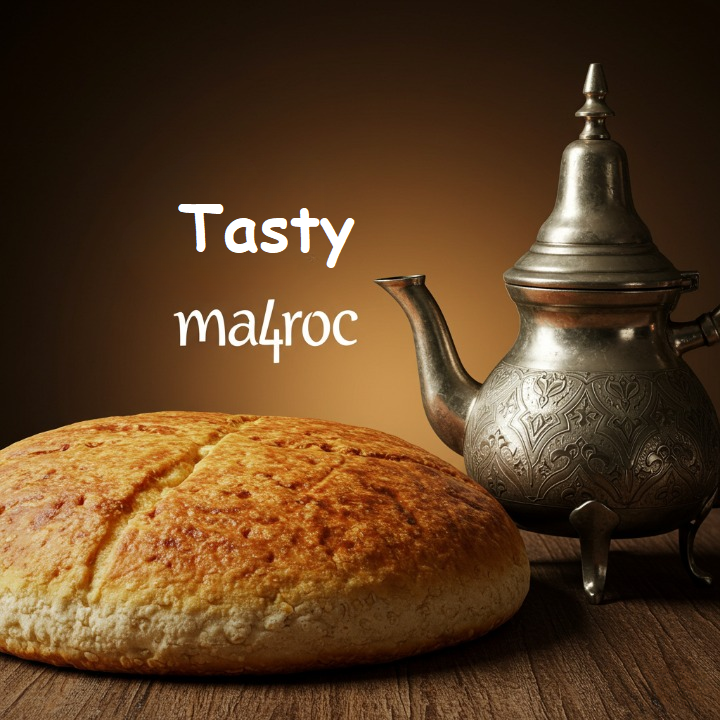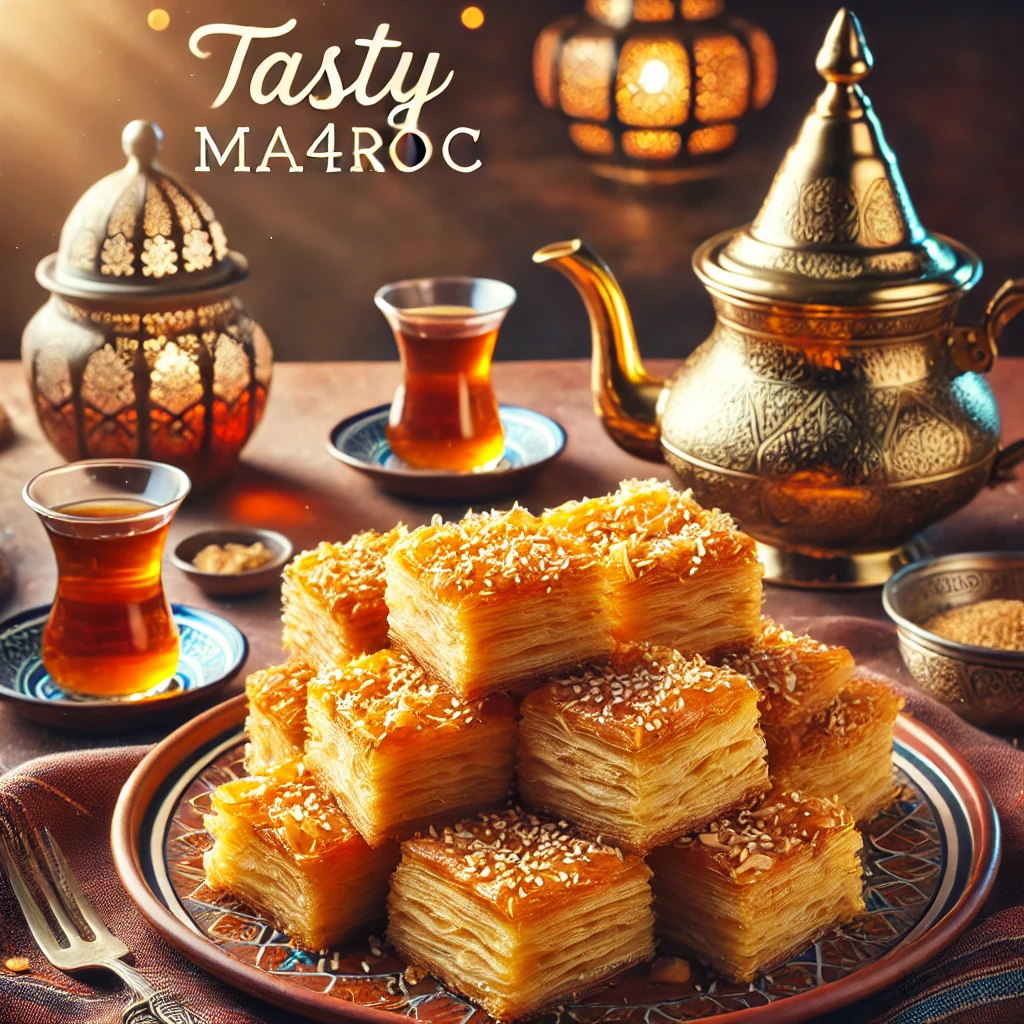
Moroccan cuisine is famous for its bold flavors, intricate techniques, and rich cultural heritage—and when it comes to Moroccan pastries, rghaif is truly a standout. Also known as msemen in some regions, these delicious folded and layered squares are crispy on the outside, soft on the inside, and often drizzled with honey or filled with savory ingredients. In this article, we’ll guide you through a step-by-step recipe to prepare authentic Moroccan rghaif at home, along with cultural insights and helpful tips for perfection.
What is Rghaif?
Rghaif (pronounced rgha-if) is a traditional Moroccan flatbread or pastry that’s pan-fried until golden and crisp. It can be enjoyed sweet or savory and is often served with Moroccan mint tea for breakfast, as a snack, or during special occasions like Ramadan. The beauty of rghaif lies in its versatility and its irresistible texture—a result of meticulous folding and stretching of the dough.
Ingredients
For the Dough:
- 500g (4 cups) all-purpose flour
- 100g (¾ cup) fine semolina
- 1 tsp salt
- 1 tsp sugar (optional)
- 1 tsp dry yeast (optional, for fluffier texture)
- 300-350ml (1¼ to 1½ cups) warm water (as needed)
For Folding and Frying:
- 100g melted butter
- 100ml vegetable oil
- Extra fine semolina for sprinkling
- Honey and sesame seeds for garnish (optional)
How to Make Moroccan Rghaif (Step-by-Step)
Step 1: Prepare the Dough
- In a large mixing bowl, combine the flour, semolina, salt, sugar, and yeast (if using).
- Gradually add warm water and knead until the dough is smooth and elastic. This takes about 10–15 minutes by hand or 8 minutes in a stand mixer.
- Cover the dough with a cloth or plastic wrap and let it rest for 30 minutes.
Step 2: Divide and Rest
- After resting, divide the dough into small balls (golf ball-sized). You should get around 10–12.
- Coat each ball lightly with oil and place them on a tray.
- Cover and let them rest again for 15–20 minutes.
Step 3: Shape the Rghaif
- Grease your working surface with oil. Take one dough ball and flatten it using your fingers, stretching it into a thin square or circle.
- Sprinkle lightly with semolina, then fold it like an envelope: fold the top down, bottom up, then left and right sides over to form a square.
- Repeat the process with all dough balls.
Step 4: Cook the Rghaif
- Heat a non-stick pan or griddle over medium heat.
- Flatten each folded rghaif gently before placing it in the pan.
- Cook for 2–3 minutes on each side until golden and crispy, brushing lightly with oil or butter during cooking.
Optional Sweet Version
For a sweet treat, drizzle warm rghaif with honey and sprinkle sesame seeds on top. You can also fill them with almond paste or a mixture of butter, sugar, and cinnamon before folding.
Tips for Perfect Rghaif
- Resting the dough is key: It makes stretching and folding much easier.
- Use semolina generously: It gives that authentic Moroccan crunch.
- Don’t overstuff: If you add fillings, keep them light to avoid tearing the dough.
- Cook over medium heat: Too high will burn the outside before the inside cooks.
Cultural Significance
Rghaif holds a special place in Moroccan homes. Whether served for iftar during Ramadan, at family gatherings, or simply as an afternoon snack with mint tea, it represents comfort, hospitality, and tradition. Grandmothers often pass down the recipe through generations, turning the act of preparing rghaif into a communal, joyful ritual.
Final Thoughts
If you’re looking to bring a taste of Morocco into your kitchen, Moroccan rghaif is a perfect start. With just a few basic ingredients and some love, you can recreate this iconic pastry at home. Whether served sweet or savory, plain or filled, rghaif is a dish that leaves a lasting impression—crisp, warm, and wonderfully nostalgic.
So, why not try it today? Share your version with us and bring a piece of Moroccan tradition to your table.


